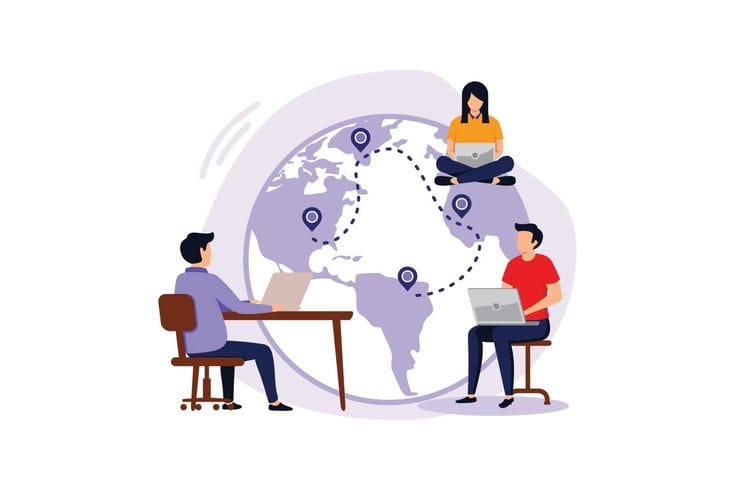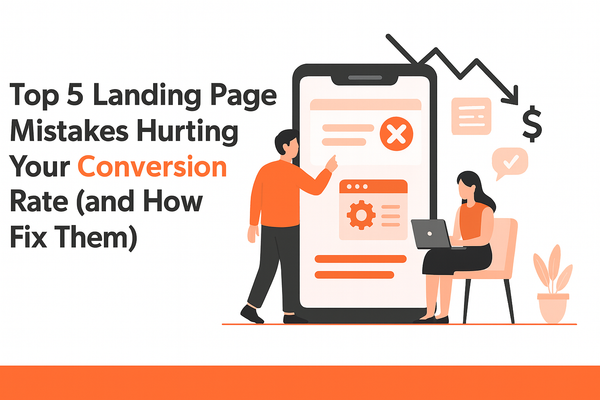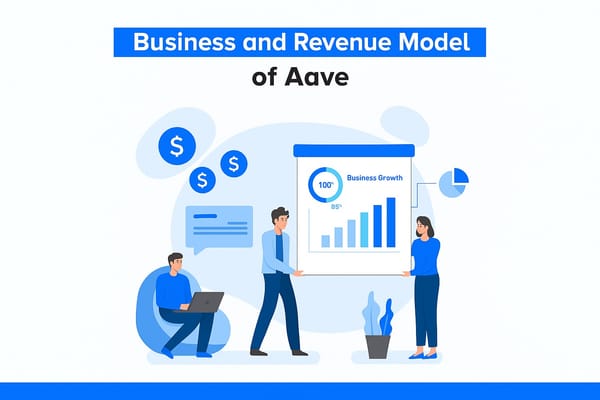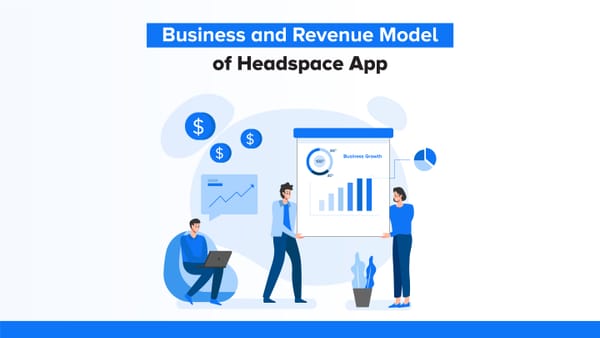How to Find a Reliable App Development and Outsourcing Partner

According to Deloitte’s latest report, The Outsourcing Compass: Decoding Strategies of Today, 81% of organisations are planning to ramp up outsourcing over the next 3–5 years. In an era marked by efficiency mandates and growing pressure to do more with less, the real question for CTOs isn't whether to outsource, but how to do it right. But with hundreds of vendors claiming to be “agile experts” or “end-to-end solution providers,” finding the right one requires more than glossy decks and polished pitches.
What’s changed is that the scope of outsourcing is no longer confined to back-office functions; it’s moved front and centre. Recent data shows that 56% of organisations now outsource front-office operations like sales, marketing, and customer service, while 46% are extending it to R&D, a nearly 10% jump since 2022. This signals a clear shift: businesses are no longer outsourcing just to cut costs, but to create value at the core of their operations.
This is where clarity matters. Not all outsourcing models are created equal, and neither are the vendors behind them. So, in each stage, we need to focus on the partner who is most aligned with our shared long-term goals.
The First Decision is Choosing the Right Outsourcing Model
Before you even assess whom to work with, you need to decide how. The outsourcing landscape typically revolves around three models: offshore, nearshore, and onshore, and of these, offering distinct advantages depending on your company’s goals and growth stage.
Source: Verified Market Research
Initially, offshoring didn’t start as a grand strategy; it started with a simple question: how can we keep up without burning through our budget? As businesses grew, competition intensified, and building everything in-house became unfeasible.
Back then, the idea was simple: move certain operations overseas where production or development costs were lower. Then, Companies started moving parts of their operations, often manufacturing or back-office work, to countries where labour was cheaper. It helped balance the books, and that was the whole point. In fact, the cost of completing a software project on-site was nearly 60% higher than doing it offshore.
But as markets got faster and digital needs grew, something shifted from saving money to finding a great team that, around the clock, speeds up their product roadmaps. In fact, a recent Deloitte survey shows that only 34% of companies now prioritise cost over talent access and faster product delivery. That’s why today, offshoring isn’t seen as a shortcut. It’s a tool that companies leverage to access global expertise while staying lean and efficient. App development, primarily, benefited from this shift. Instead of waiting to hire locally or stretch an overwhelmed in-house team, companies could work with skilled developers across time zones and speed up their product roadmaps.
But as products became more complex and timelines tighter, many businesses began looking for something more responsive. That’s where nearshoring stepped in as a balanced alternative, combining the cost-efficiency of offshore models with better communication flow and faster turnarounds. By collaborating with teams in neighbouring countries, companies benefit from geographical proximity and time zone alignment advantages for agile sprints and continuous delivery cycles. According to Deloitte’s Global Outsourcing Survey, 65% of companies today are placing more weight on talent availability and location proximity than just cutting costs when deciding on their outsourcing strategy.
While nearshoring strikes a balance, some businesses prefer to keep everything closer to home. That’s where onshoring comes into play, outsourcing work to teams within the same country. It offers the highest level of control, cultural alignment, and real-time collaboration, especially for industries that demand strict compliance and sensitive data handling. With no time zone gaps or language barriers, onshoring simplifies coordination and quality assurance. Although it tends to be costlier than offshore or nearshore options, the trade-off often pays off in high-stakes projects where speed, security, and seamless communication are non-negotiable.

The Ultimate Guide to Choosing the Right Outsourcing Partner
Lead with Clarity, Not Complexity
Before you even browse vendor portfolios, get laser-focused on what you want to achieve, whether that’s faster release cycles, cost efficiency, or tech innovation. Clear goals and defined success metrics create the filter you need to evaluate partners objectively.
Test Them Beyond the Pitch Deck
To truly assess an outsourcing partner’s capabilities, observe how they handle real-world challenges, from last-minute changes and compressed timelines to navigating cross-functional demands. It’s in these high-stakes scenarios that their reliability, agility, and problem-solving skills truly come to light.
Prioritise Tech Fluency, Not Just Stack Familiarity
Modern businesses need partners fluent in cloud-native architectures, APIs, AI, and security-first development. It’s not about ticking off tools, it’s about how tech decisions map to business outcomes.
Look for Strategic Proximity, Not Just Geography
Whether your partner is in the same time zone or across the globe, strategic alignment matters more than location. Whether they understand your customers, industry nuances, and growth goals
Learn From the Red Flags Others Missed
The biggest outsourcing failures often stem from miscommunication, lack of transparency, or scope creep. Don’t repeat history, build in safeguards and set expectations early.
Start Small, Scale Fast
A low-risk pilot project is your most brilliant move. It reveals how your partner handles pressure, pivots with feedback, and collaborates with your team before real stakes kick in.
Security Standards
It’s reflected in how your partner builds, tests, and secures every layer of your product. From day one, they should be transparent about their approach to data privacy, IP protection, compliance, and contingency planning.

Conclusion
As companies face pressure to do more with less, the right outsourcing partner can bring speed, scale, and expertise without the overhead. However, this approach only works when the partnership is built on a strategy, whether offshore, nearshore, or onshore, serving as a strategic lever to reduce costs. Ultimately, success hinges on aligning with an outsource mobile development company that is an ideal partner for building apps, focusing on scale, speed, and long-term value.




